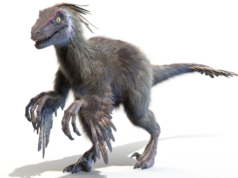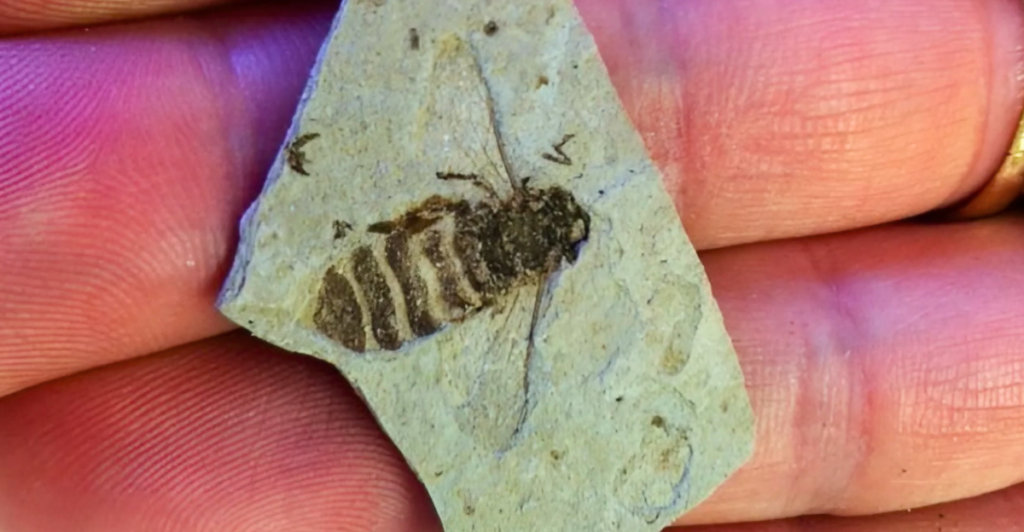
Scientists have made a groundbreaking discovery. They found the fossil of a 14,6 million-year-old bee in New Zealand. This is an important find as it’s the first bee fossil to be found in what was once Zealandia. It is a puzzling discovery that has implications for bee evolution and pollinator history.
Where It Was Found
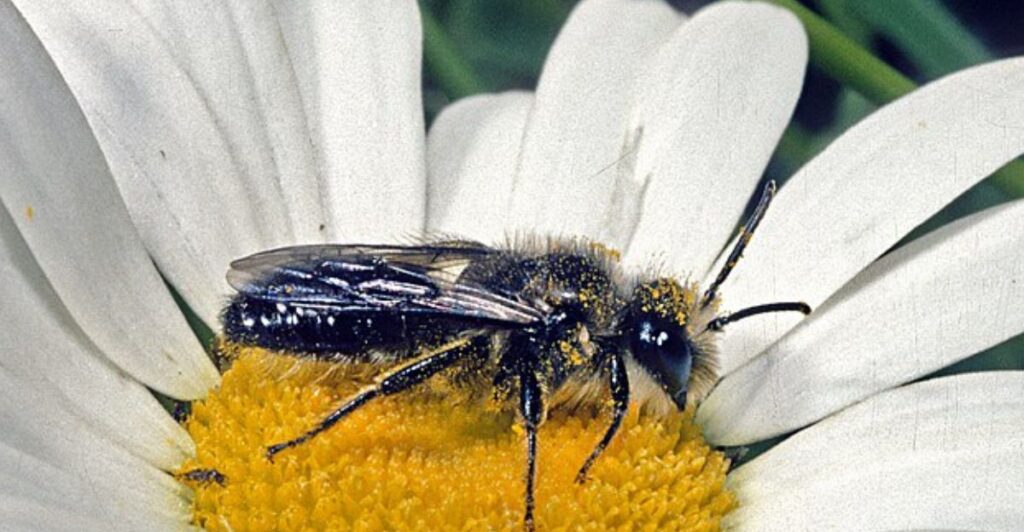
The bee fossil was found in the Hindon Maar Complex on the southern island of New Zealand. The site is already well known for having the fossils of insects that lived millions of years ago, giving paleontologists a glimpse into life in the Miocene era.
The Fossil
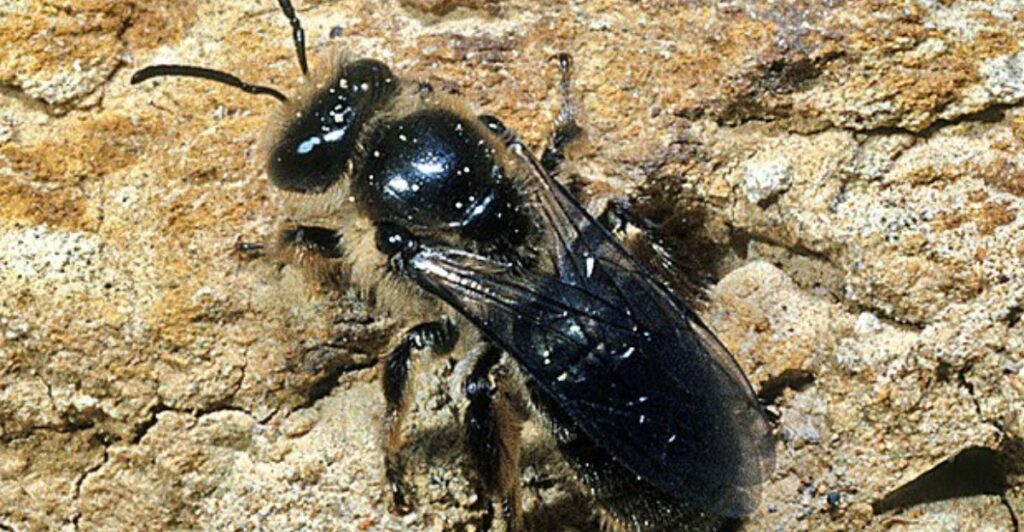
The bee that was found was identified as Leioproctus (Otagocolletes) barrydonovani. Scientists even identified the bee as a female measuring 6.4 millimeters. Through research, they’ve concluded that the bee had adaptations similar to those for pollen collection as its modern counterpart.
Well-Preserved
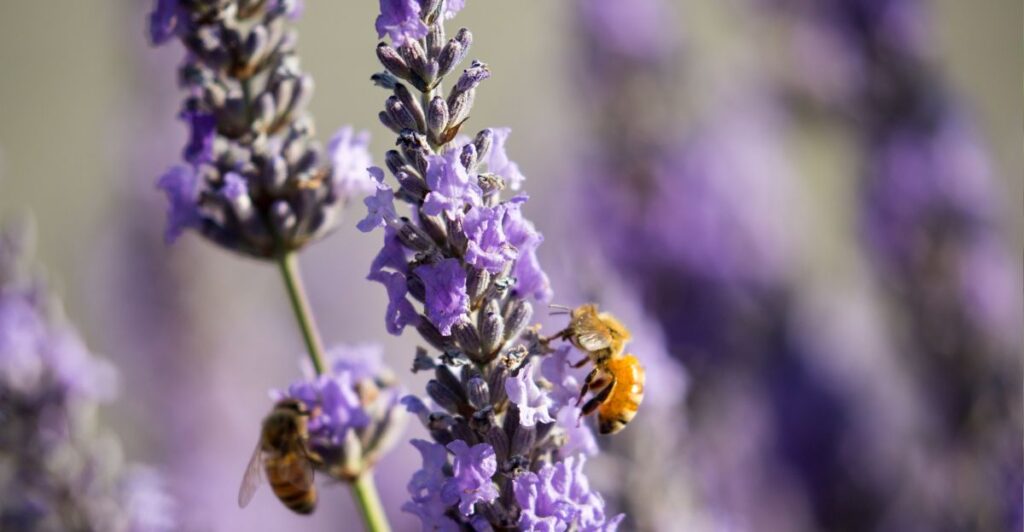
Because the complex where the bee was found is composed of layers of sediment-filled craters, the bee was well-preserved in the organic mudstone. Researchers studied the bees and could even see the wings in detail.
A Close Relative
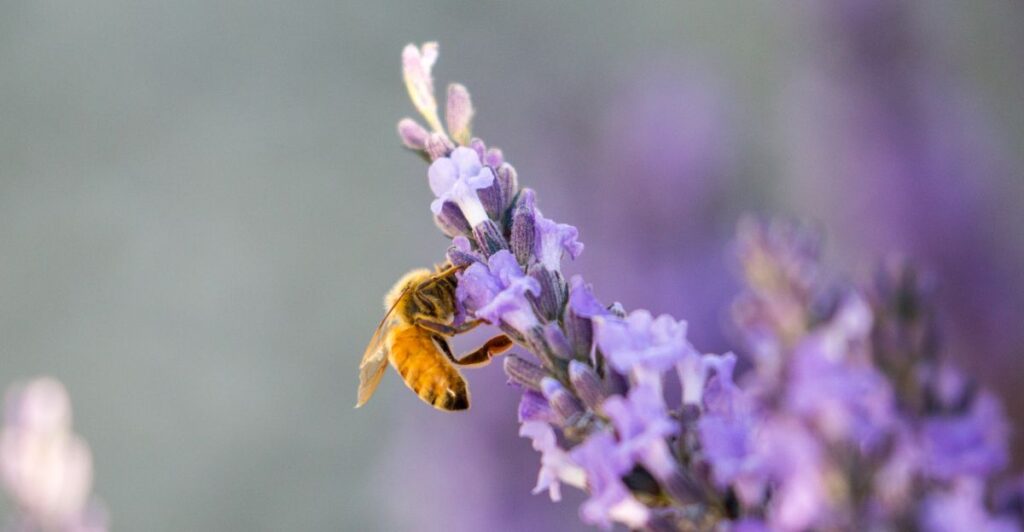
Although the bee lived nearly 15 million years ago, by studying its wings, researchers have found that it is a close match to the modern bees that call New Zealand home. This means that there was little need for evolutionary adaptation.
Limited Diversity
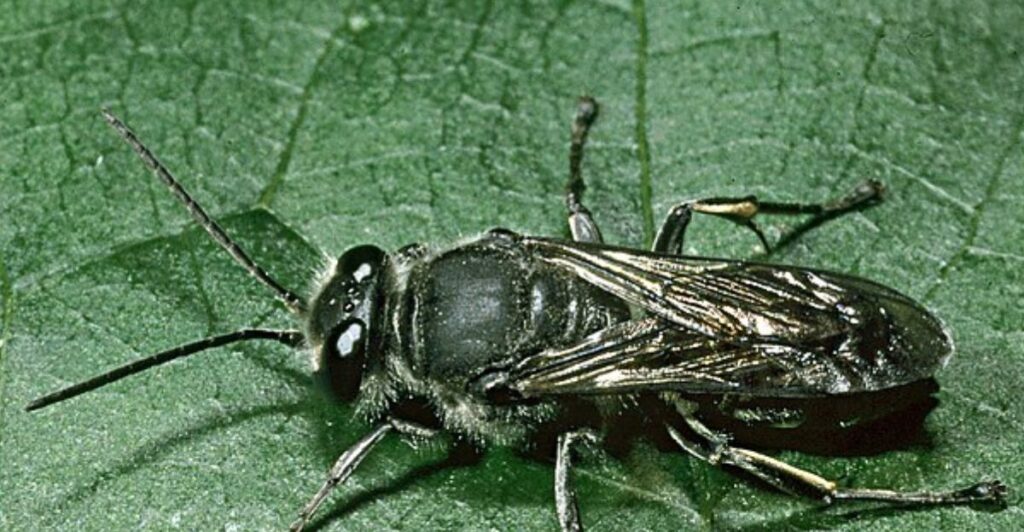
By studying modern bees, it’s been found that they have very little diversification and are somewhat limited or have never had to adapt more than they already have. There could also be unknown genetic barriers or ecological restraints.
Few Species
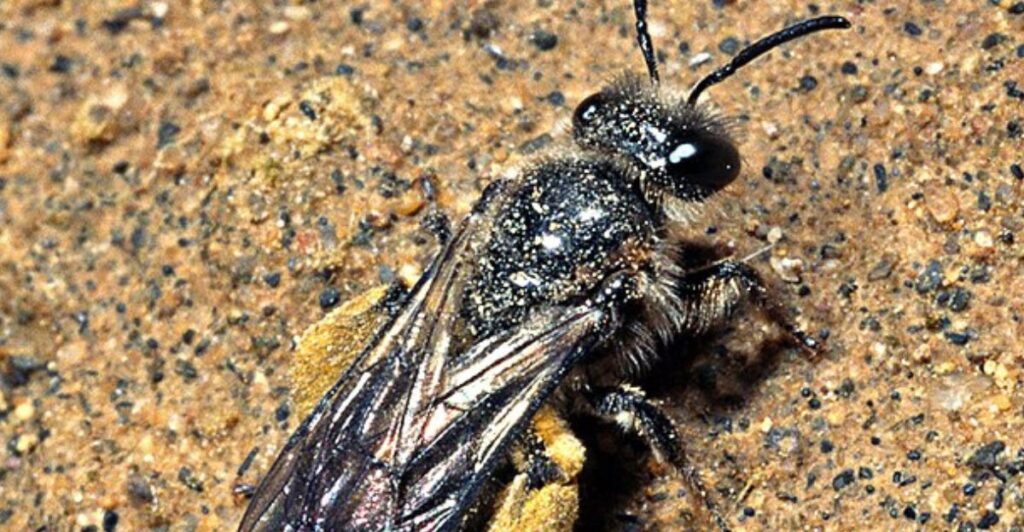
Despite the opportunity to evolve more, bees in New Zealand have startling low diversity. There are only 18 endemic bee species, which is considered quite low compared to the time they had to evolve and diversify.
Theories
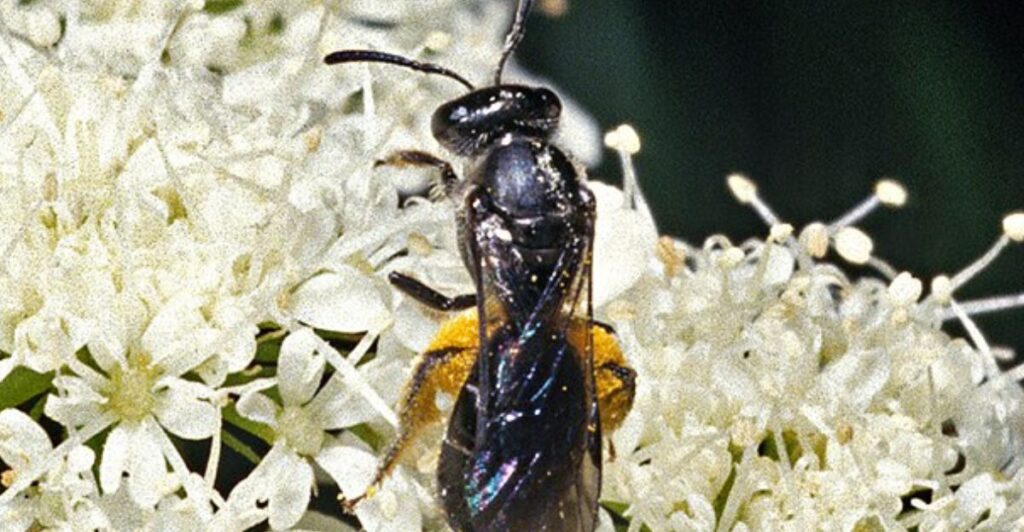
Possible theories for the limited diversity in the bee species include ecological pressures not giving the bee enough opportunity to thrive and diversify more. Another theory is that the same lineage could have dominated the region, offering a low chance of having a broader genetic makeup.
Zealandia

Zealandia was an ancient continent that became submerged after a continental breakup. From fossils found in the region, scientists have concluded that the continent had broadleaf forests that supported pollinators like the bees. Researchers may learn more about the region by conducting further studies on the ancient bee fossil.
Possible Plants
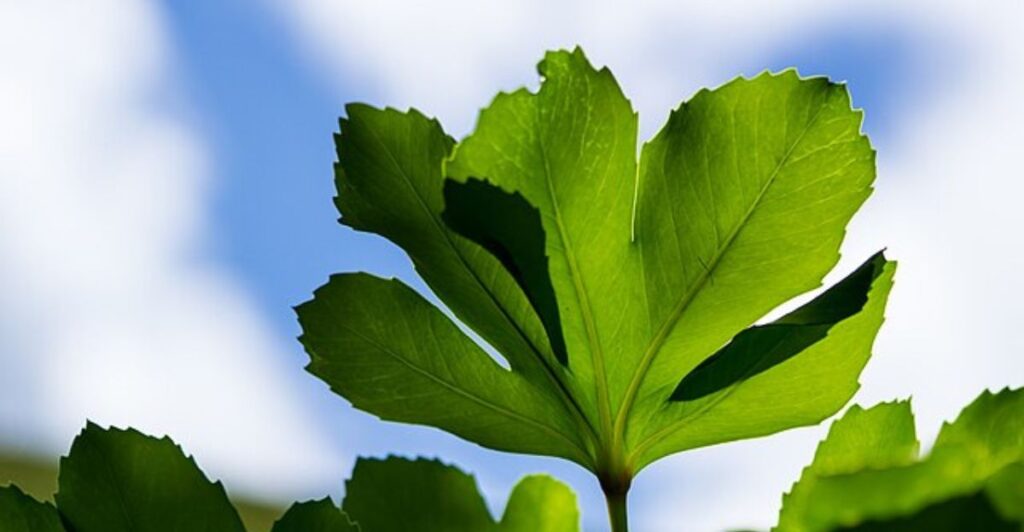
The ancient bee found would have been a pollinator, just like bees today. A possible plant that it could have pollinated is Pseudopanax, which is found in high numbers at the complex. These plants would have highlighted the need for pollinators even 15 million years ago.
The Lineage Of Pollinators
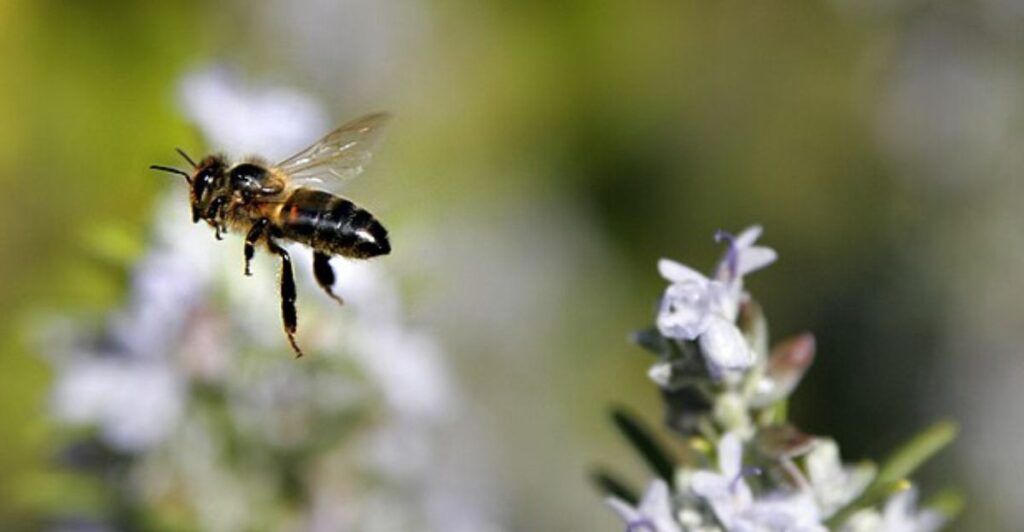
Despite low bee diversity and scientists scratching their heads, the fossil shows the survival and lineage of the bee population in New Zealand. Further studies must be conducted to determine why nearly no evolution happened in 15 million years.
Pollinator Evolution
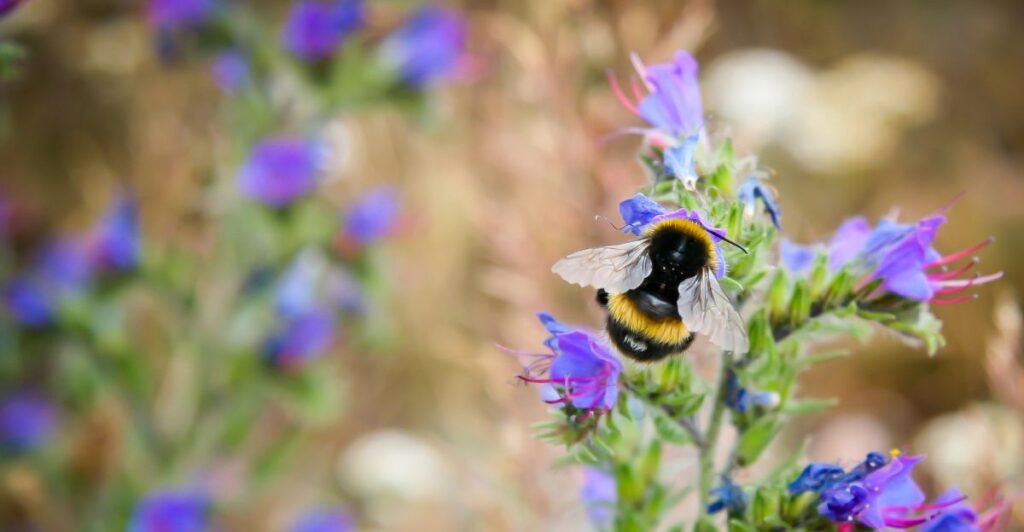
The discovery of the bee challenges evolutionary adaptations, which are always a given over time. More links in the fossil record may have to be found to solve this evolutionary puzzle about the history of pollinators in New Zealand.
A Complex History
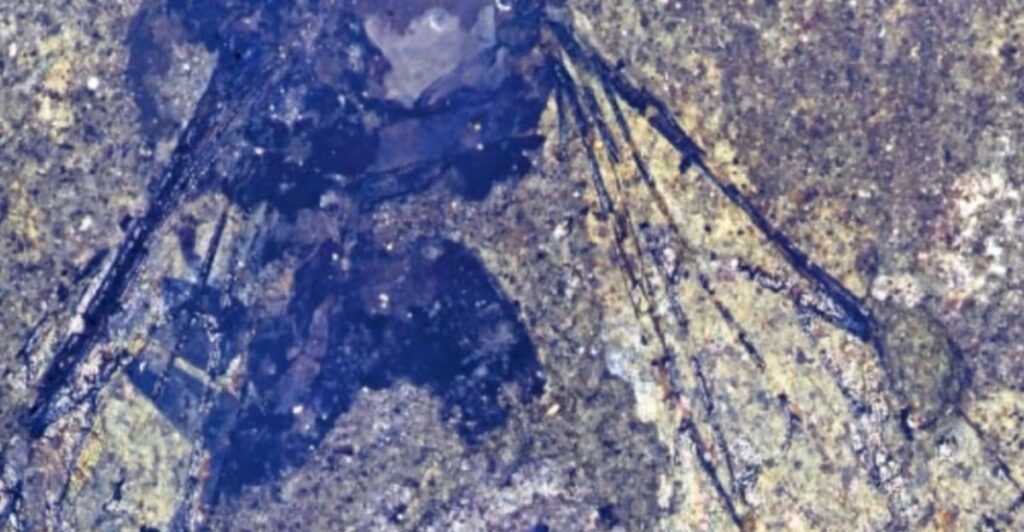
The history of these bees is complex, but as it stands now, there are only hypotheses as to how so few lineages are present today. The ecosystem itself may have to be studied more to better understand what factors didn’t drive evolution in the bees.
Discover more of our trending stories and follow us to keep them in your feed

Earth’s Third Form Of Life Discovered—And It’s Reshaping Power Generation As We Know It
Scientists Discover New Species of Giant Anaconda in South America
Philanthropist Promises To Cover $771.23M Annually After US Exit From Climate Accords
10 Dog Breeds That Shouldn’t Be Pets
References:
Reference 1
Stay connected with us for more stories like this! Follow us to get the latest updates or hit the Follow button at the top of this article, and let us know what you think by leaving your feedback below. We’d love to hear from you!



